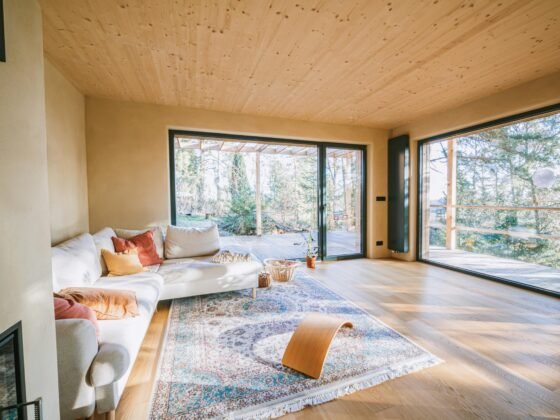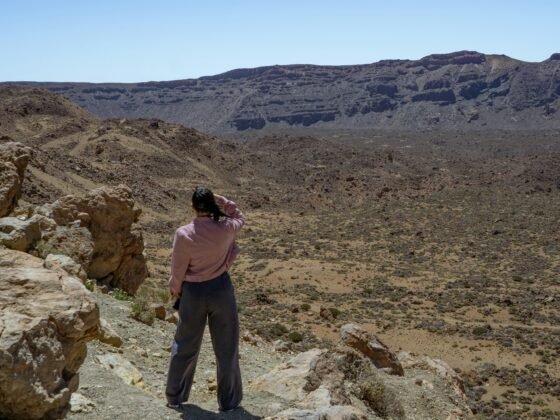Fifth Arrondissement, Latin Quarter, Left Bank – call it what you will – there’s no denying that the ‘Rive Gauche’ district of Paris has tons going for it: from one of the earliest universities in Europe, to the ancient gems left as a legacy by the Gallo-Roman rulers.
First port of call should definitely be the neoclassic Panthéon which Louis XV of France commissioned in honour of St. Geneviève: the beloved patron saint of Paris. After thirty two years of painstaking construction, the Pantheon opened in 1790 and after the French Revolution, served as a mausoleum for national heroes, artists and philosophers.
Lose yourself in the well-stocked Jardin des Plantes, aka The Paris Botanical Garden, which was established in 1626 as a royal medicinal garden to treat various ailments of King Louis XIII’s family.
The chemist and physicist Marie Curie (1867-1934) is known the world over for her pioneering research around radioactivity. The Musée Curie details her work with intriguing exhibits including her collections of furniture and equipment. And did you know that Marie Curie remains the only woman to have received two Nobel Prizes in two fields.
The exquisite University of Paris, aka the Sorbonne, dominates the Latin Quarter. It was the first great university to grace Paris and indeed one of the earliest within Europe.
Wander by the Grand Mosque of Paris, aka the Grande Mosquée de Paris, which was established in 1926.
And admire the Eglise Saint-Étienne-du-Mont, which (again) is dedicated to St. Geneviève, who saved the city from invasion in 451. There is a shrine dedicated to her within the magnificent gothic renaissance church.
The Fifth Arrondissement is home to its very own ancient Roman theatre – the Arenes de Lutece. On this site at the Place Monge are the only Gallo-Roman remains in the city. Today it’s a protected archaeological park.












